There are a few things to know about using cannabis for the first time. Okay, it might not be the first time you’ve used cannabis, but if you’ve been away for a few years or decades—welcome back.
Is the marijuana you bought that much different than what you might have consumed in the past? No, and yes.
It’s true that cannabis is more potent than it was in the past. Good genetics and careful growing have made a better looking, smelling and tasting plant. You also know now what the potency is—in the past that information wasn’t available to consumers. That goes double with edibles. Carefully review the packaging on your goods so you know the percentage of THC that you’re about to consume.
If you’re using cannabis for the first time or the first time in recent memory, go easy.
Try a couple of hits from the joint or pre-roll. If you’re vaping cannabis, it’s not like tobacco vapes and there won’t be a giant plume of smoke when you exhale, and much less smoke than a joint, too.
Vapes are made from cannabis concentrates, so take one hit and wait a 10-15 minutes before you do another, as it can be powerful. You’ll feel something quickly with either the joint or the vape and then make a decision about more consumption. You’ll stay high for at least two hours depending on how much you smoked.
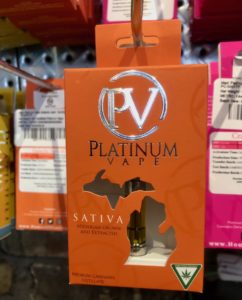
Edibles have a reputation for sneaking up on people and for people overdoing it. When it comes to food, we’re not used to eating one tiny square of a chocolate bar or only part of gummy candy. But with cannabis-infused food, you need to take care. If you’ve never had an edible, use the mantra “start low and go slow.” That means 5mg of anything, so that’s ½ of Michigan recommended a dose of 10mg, if you’re anxious about getting too high, cut it to 2.5 mg. And here’s where it gets tricky—because edibles are absorbed via that stomach and that’s a slower absorption process than smoking or vaping.
It takes an hour or more to feel the effect of an edible.
It’s a common mistake to eat a bite, think that you’re not feeling anything and have another bite or two and then BOOM, you’re unpleasantly stoned. Resist the urge to consume more until you feel the effect of the first dose. We recommend doing something active like taking a walk or a hike after you consume, you’ll then notice the high more gradually and we promise you’ll appreciate nature even more.
The high will last about 3-4 hours, depending on the THC level and your body composition. The high will just gradually fade away, the same way it came on. It’s quite pleasant.
Whatever you do—don’t drive while consuming or after consuming marijuana. It’s against the law and dangerous.
If you overconsume and feel extraordinarily high there are a few things you can do.
- Drink water.
- Nibble on a couple of black peppercorns.
- If you have CBD in the house, take a dose of that.
- Lock into the couch and watch a mindless TV series or cartoons and pet your dog or cat.
- Throw on your headphones and enjoy your music.
- Don’t worry. You’re not going to die—no one has and you’re not going to the first.
- Phone a friend who has experience with cannabis. You know that person and they’ll let you know everything is going to be alright.
- Take a walk, the fresh air will do you good.
- Take a hot shower, for some reason hot water helps bring you down.
- Go to bed and sleep it off.
We’ve written about cannabis microdosing before, check out this blog if you’re interested in that option.
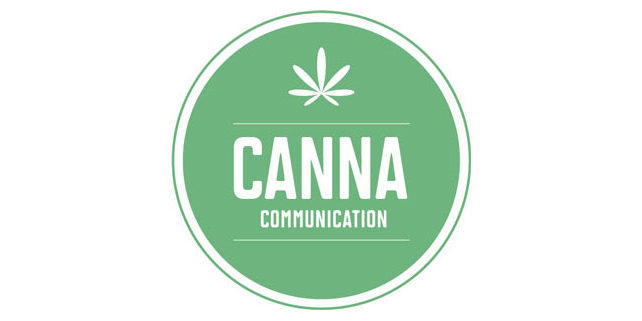
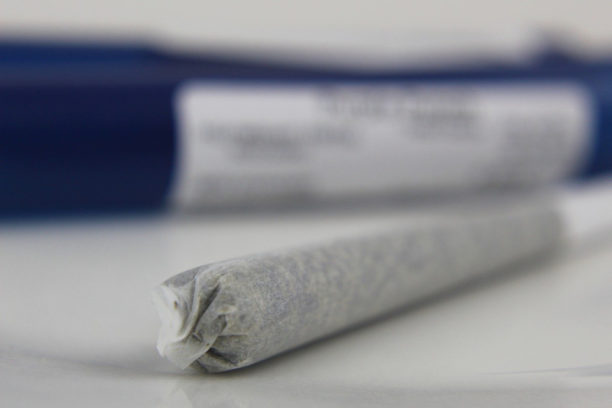

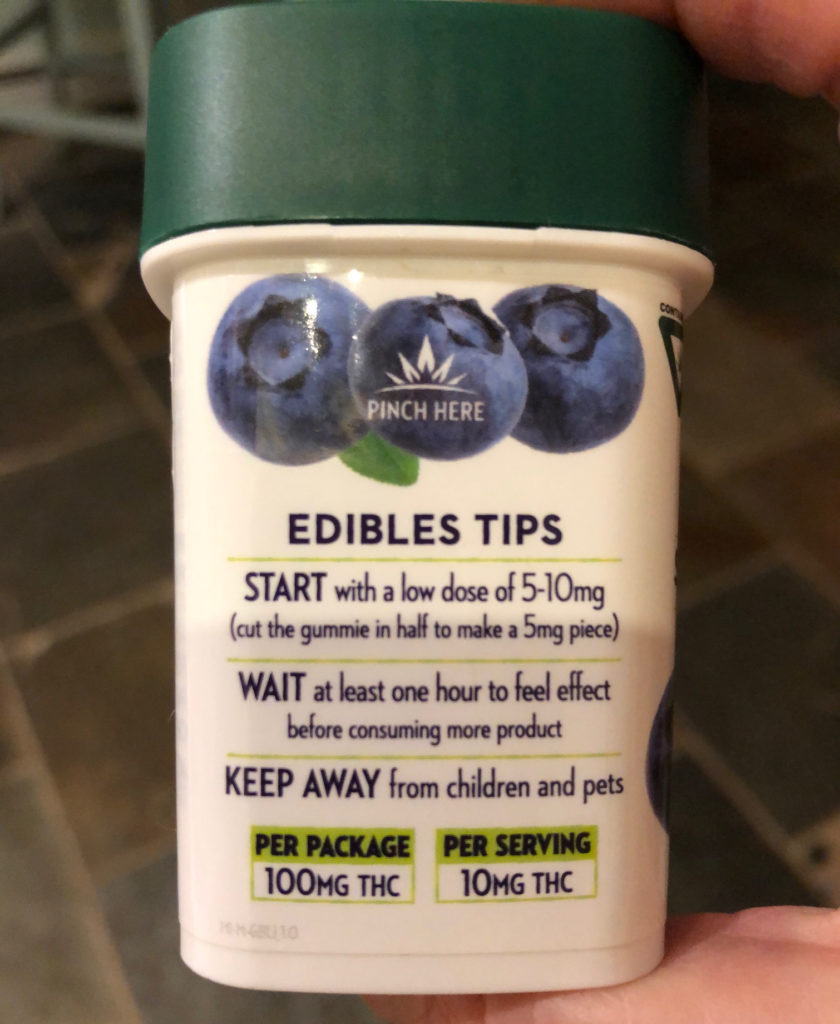

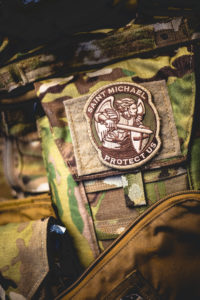 more than 13,000 Posts across the United States
more than 13,000 Posts across the United States